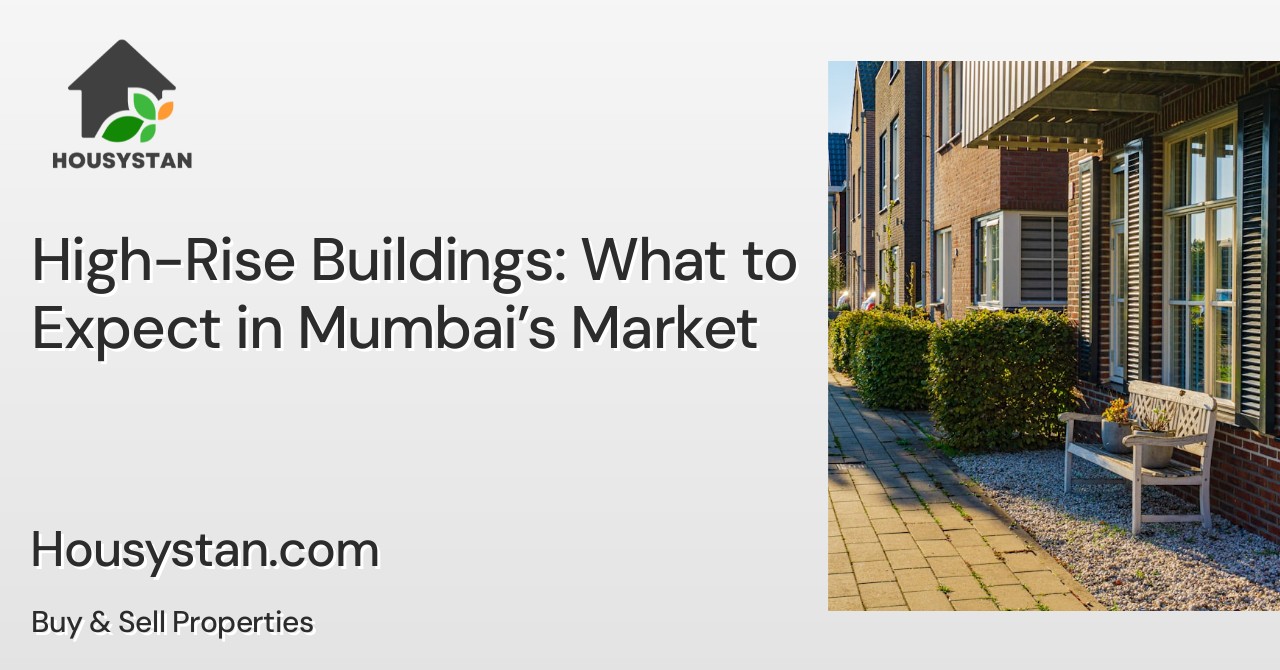High-Rise Buildings: What to Expect in Mumbai’s Market
Read latest blogs and articles from Housystan

The Information mentioned here was last updated on:
28/12/2025High-Rise Buildings: What to Expect in Mumbai’s Market
Mumbai, often referred to as the financial capital of India, boasts a skyline dotted with impressive high-rise buildings. The city’s real estate sector has witnessed significant transformation over the past decade, with premium skyscrapers redefining both residential and commercial landscapes. If you are considering investing or relocating, understanding what Mumbai’s high-rise property market offers is crucial for making informed decisions.
The demand for high-rise apartments in Mumbai continues to surge as residents seek modern amenities, panoramic views, and enhanced security. Prestigious neighborhoods like Worli, Bandra, Lower Parel, and Powai are home to some of the tallest towers in India, attracting professionals, families, and expatriates alike. These developments often feature luxurious amenities such as swimming pools, fitness centers, landscaped gardens, and multi-level parking, catering to contemporary urban lifestyles.
- Verified Tenants/Buyers
- Unlimited Property Listing
- Zero subscription/charges fee
One of the primary advantages of choosing a high-rise residence in Mumbai is the efficient utilization of limited urban space. With the city’s population consistently growing, vertical development remains the most practical solution for accommodating the needs of residents while offering breathtaking vistas of the Arabian Sea or the bustling cityscape. Residents also benefit from proximity to business hubs, shopping centers, entertainment venues, and educational institutions, making daily commutes convenient and efficient.
Developers in Mumbai are increasingly adopting sustainable building practices. Many high-rise projects now incorporate eco-friendly features such as rainwater harvesting, energy-efficient lighting, and waste management systems. This focus on sustainability ensures that new constructions align with global environmental standards while delivering long-term value to homeowners and investors.
For those seeking investment opportunities, high-rise properties in Mumbai often yield attractive returns due to consistent demand and appreciation in value. The city’s reputation as a thriving economic center ensures steady growth in both rental and resale markets. Whether you are a first-time buyer or a seasoned investor, exploring high-rise buildings in Mumbai opens doors to luxury, convenience, and promising financial prospects.